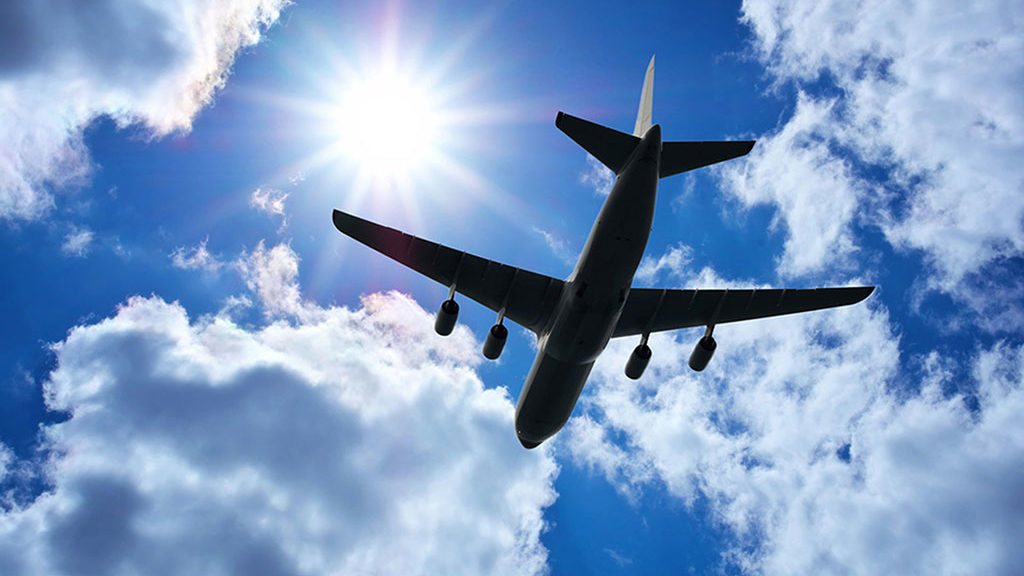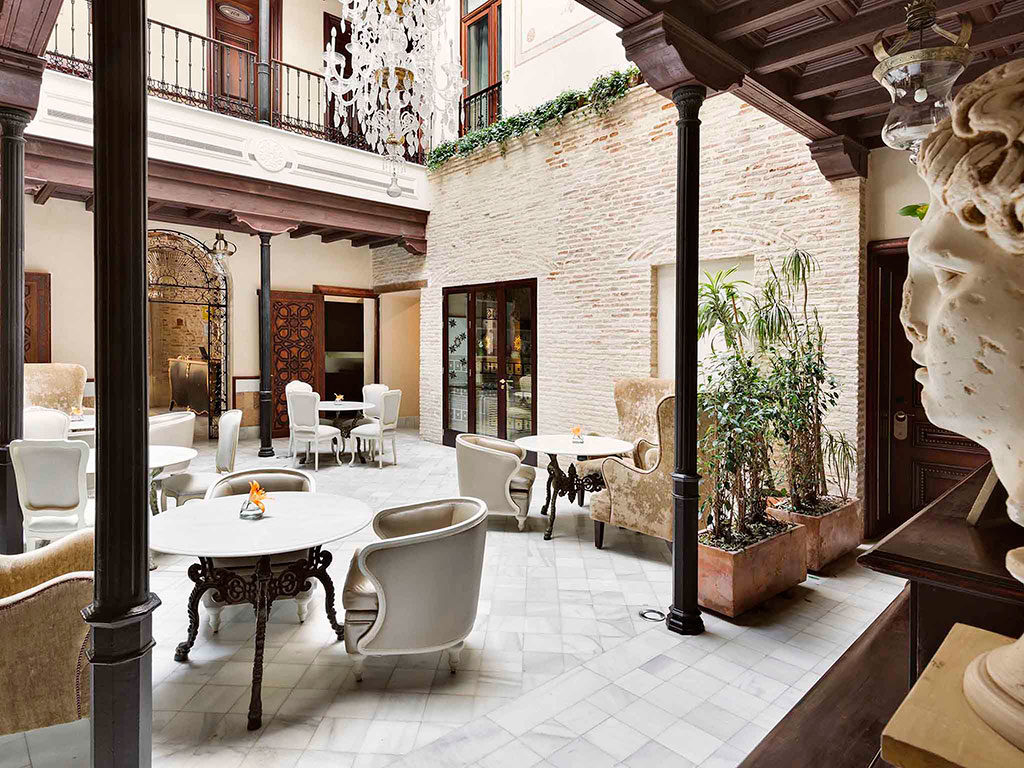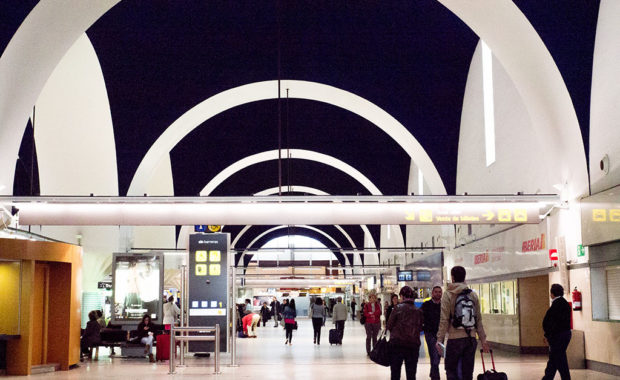Whether you’re using the arrivals hall or departure lounge at Seville Airport (SVQ), it’s good to … Read more about At The Airport

WELCOME TO SEVILLE AIRPORT
Seville Airport, also known as San Pablo Airport, is the main airport serving Seville in the south of Spain.
Take a tour...Airport Code
IATA: SVQ, ICAO: LEZL
Location
A-4, Km. 532, 41020 Sevilla
Contact
Telephone:
+34 954 449 000
Facilities & Services
There are a few facilities and services at Seville Airport

Car Hire
We are pleased to offer you a comprehensive Seville airport car hire comparison service which will … Read more about Car Hire

Parking
Parking at Seville Airport Car parking at Seville airport is an easy process with car parks just … Read more about Parking

When you are holidaying or visiting Seville, there are many local hotels to accomodate you on your visit.
Find local hotelsSeville Airport Guide
Discover more about Seville before you arrive:
Seville Airport, also known as San Pablo Airport, is the main airport serving Seville in the south of Spain. It is around ten kilometres north-east of the Seville, which is the capital of Andalusia and fourth largest metropolitan area of Spain.
More than four million travellers pass through the airport each year, nearly 80 per cent of which are domestic passengers. There are direct flights available from nine countries including the UK, France and Morocco.
Seville and its surrounding area is home to romantic courtyards, winding streets and ancient monuments from its days under Roman rule, and is flanked with nature reserves and rolling Andalucian countryside.
It is famed for its orange groves, intriguing mixture of Baroque, Islamic, Gothic and Roman architecture and relaxed atmosphere, reflected in the abundance of bars and nightlife venues.
It is easily accessed by a range of transport, including by road. The A4 highway connects the airport with the city centre, and joins to the ring road leading to Madrid.
The closest train station is in Seville city centre, which can be reached by bus, taxi or with a rental car. Buses from the airport to Seville Cathedral or the train station can take up to 30 minutes, and can be picked up from the bus stop on the far left from the terminal exit. Taxis are available immediately outside the terminal building.
Budget Irish airline Ryanair provides numerous routes from Seville, including to London Stansted, Barcelona and Paris. Seville Airport is also a hub for low-cost Spanish airline Vueling, and it handles lots of flights from other smaller Spanish airlines.
In 2012, close to 4.3 million visitors passed through the airport, and a new terminal was built in 1992 as part of a large expansion project in preparation for the Universal Exhibition.
The airport’s design is based on Seville’s history, and the building reflects elements such as the mosque, palace and orange trees.
The departure lounge is accessed from street level, and is on floor 1 in the terminal. Once passengers have checked in at one of the 42 check-in desks, they are free to visit the catering area or the preboarding zone, complete with an Iberia VIP lounge, shops and eating establishments.
A passenger bus or one of five boarding bridges provides access to the aircraft.
Upon arrival, passengers follow a ramp to the eight baggage reclaim carousels on the mezzanine floor. After passing through customs, passengers enter the arrivals lounge, where they have access to car hire desks and a tourist information office.

